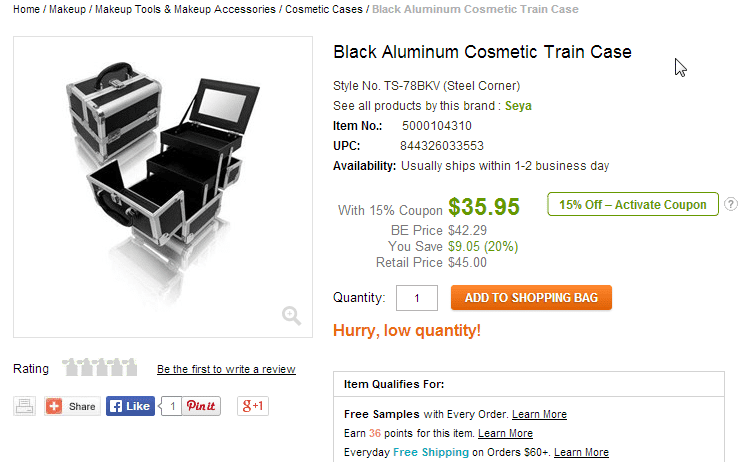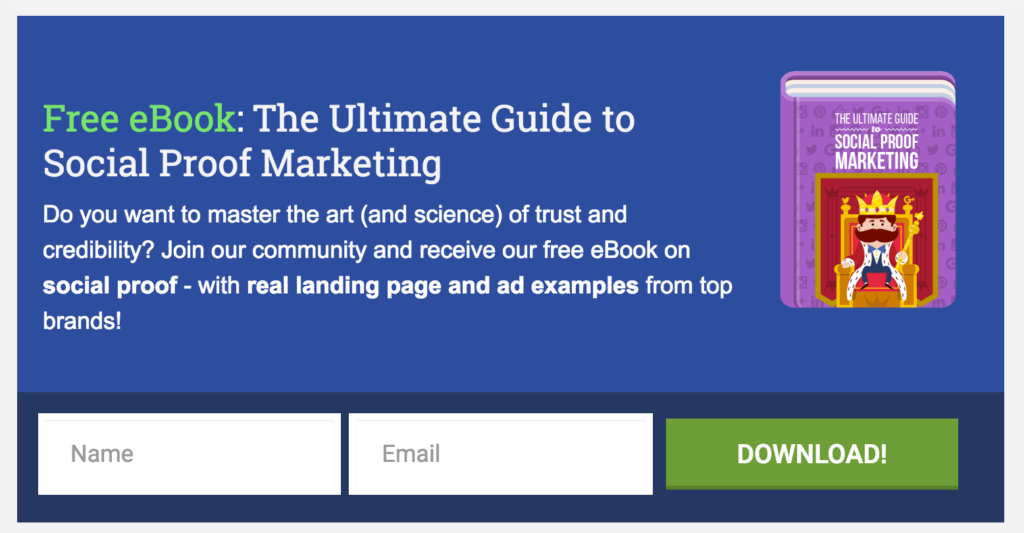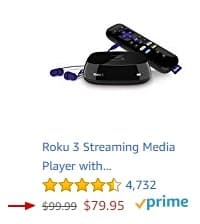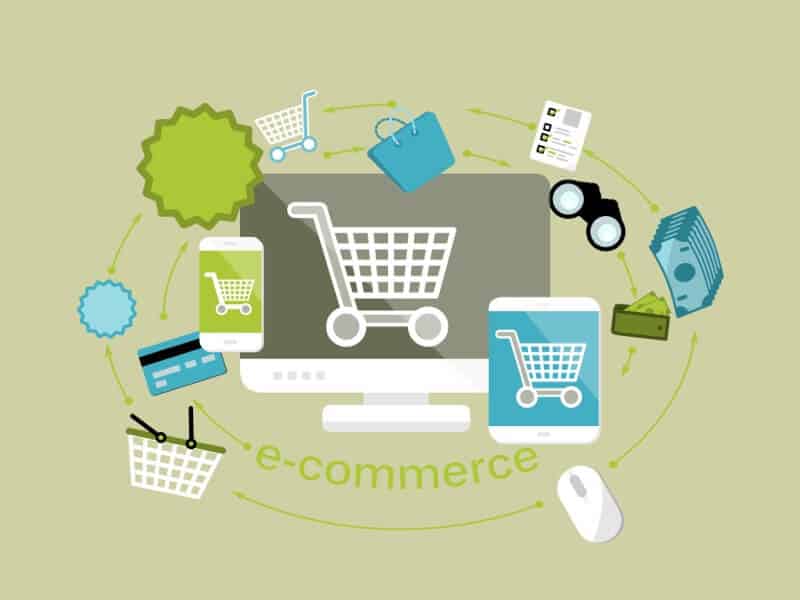Let’s explore some effective psychological strategies to boost your eCommerce store sales and increase website purchases through simple modifications to your online shop.
It’s clear that online shopping is experiencing rapid expansion. Consider these figures:
- Currently, US online sales represent a mere 14% of total retail sales;
- This figure rises to 17% in Europe.
- An impressive 65% of internet users, totaling over a billion people, made at least one purchase in 2017;
- The average US consumer spends $1900 annually on online purchases, while in Europe, the figure stands at $1800.
- The primary traffic sources to eCommerce sites: are organic, e-mail, and PPC.
Boosting eCommerce Sales
Ecommerce entrepreneurs are constantly seeking methods to enhance their websites and drive sales. While attracting more traffic is always beneficial, the primary focus should be on converting existing existing traffic into paying customers.
Reflecting on my economics degree at Tel Aviv University, most courses felt irrelevant except for one: Behavioral Economics. This course, popularized by Dan Ariely’s work on rational decision-making, opened my eyes to understanding user behavior and identifying triggers that influence their actions and decisions.
Recommended Reading: Besides Dan Ariely’s book, I suggest “Hooked” by Nir Eyal, which delves into habit formation around product usage and the factors that drive user fixation on specific products. This article will cover five proven psychological principles impacting online purchasing decisions:
Leveraging Scarcity to Increase eCommerce Sales

Recall the experiment with cookie jars? It perfectly illustrates this principle:
In 1975, Stephen Worchel and his colleagues conducted a study where participants were presented with two jars of cookies. One jar held 10 cookies, while the other only had 2. Surprisingly, most participants preferred the cookies from the emptier jar (containing only 2 cookies) despite both jars containing completely identical cookies.
This demonstrates that scarcity or limited availability increases desirability. This phenomenon is also recognized as FOMO – Fear Of Missing Out or Loss Aversion. Our constant engagement with social media stems from the fear of missing important updates or news, even though we realize it’s statistically improbable. Urgency often accompanies this fear of missing out.
Phrases like “most popular,” “bestselling,” “12 people are viewing this product,” “22 units sold in the last hour,” “5 units remaining,” “3 hours left on this offer,” “order in the next 27 minutes for next-day delivery,” all leverage this principle.
The Power of Reciprocity

We encounter this frequently: a free offer like a guidebook, eBook, or even a new cheese sample at the supermarket. In return, you’re asked for your email address or subtly encouraged to purchase a larger cheese package.
Other examples include online calculators (e.g., mortgage calculators), personalized clothing apps that use uploaded images, quality content in a blog, and many more.
Framing Effects in eCommerce Sales
In essence, context is key. Imagine seeing Jimi Hendrix live today. You’d likely pay a hefty sum for a ticket. However, if he were performing on the street, you might walk by without a second glance. It’s all about context.
Would you prefer ice cream advertised as 90% less sugar than average or ice cream containing 10% of the standard sugar content? Most people choose the first option. Similarly, plastic surgery with a 90% success rate sounds more appealing than one with a 10% failure rate. The framing, highlighting positive or negative aspects, significantly impacts perception.
The Anchoring Effect
This principle states that the first piece of information encountered regarding a particular subject disproportionately influences our decisions. This initial information acts as a mental anchor, resistant to change.
We experience this when asked to estimate a product’s price or travel time. The initial answer provided often anchors our subsequent judgments. In eCommerce, this is often seen when landing on a homepage showcasing a discounted item with its original price crossed out.

Further exploration on the site might reveal a similar product, possibly even identical, at the same or even a lower price. For a deeper understanding, this article about this principle is highly recommended.
Building Assurance
This section focuses on establishing trust and confidence among potential buyers through promises, risk mitigation, and reassurance.
Returning to the initial chart depicting eCommerce sales growth, it’s evident that lack of trust and security concerns are major obstacles to online purchases.
Consider this: encountering a long queue outside a restaurant during lunchtime suggests good food, prompting people to wait. This “herd behavior” extends online. Positive reviews and testimonials, akin to a restaurant queue, can significantly influence customer decisions.
Even giants like Amazon and eBay prioritize assurance-building measures. Reviews, testimonials, comments, Seller credibility (utilized by Amazon and eBay), social proof, and verified testimonials with real faces are just a few examples.
Cultivating Brand Awareness
Ubiquity is key. Implement SEO-optimized pages with high-quality content, captivating visuals, and a strong presence on relevant social media platforms like Facebook, Twitter, Instagram, and Pinterest. Leverage all channels to drive traffic to your eCommerce site.
Harness the power of digital marketing to attract visitors, and ensure a seamless path to purchase. The more steps involved in the checkout process, the higher the cart abandonment rate.
Brand awareness fosters trust (driving sales), encourages repeat purchases, and boosts SEO. A well-known and trusted brand naturally translates into higher sales.
Prioritize quality content, influencer marketing, industry partnerships, paid advertising, and active social media engagement to bolster brand awareness.
